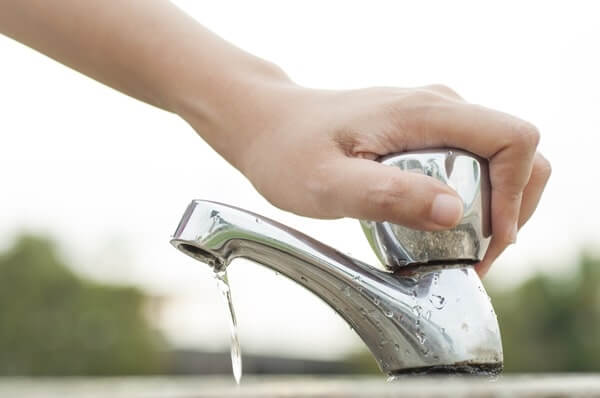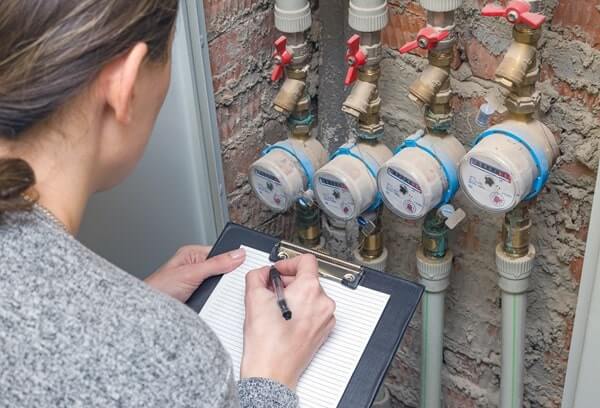
Innovations in Plumbing: A Guide for Aspiring Plumbers
Recent innovations in plumbing materials and technologies have revolutionized the industry, making systems more durable, cost-effective and environmentally friendly. For prospective trade school
Water is a precious resource that is under threat in many places throughout the world. Droughts, contamination, and poor water management practices contribute to wasted water and increased energy consumption. However, plumbing systems in homes and commercial buildings can play a major role in conserving water today and for years to come.
Though a faucet or toilet might seem insignificant in the fight to save water, these appliances are an easy way for ordinary people to get involved. Like ripples on a pond’s surface, small changes accumulate to make a big impact. Learn more about how the plumbing industry is evolving to address water conservation concerns, leading to substantial environmental preservation and cost savings.
Plumbing standards have changed drastically over the years. Most recently, states and municipalities have enacted specific regulations to encourage more efficient water usage in response to climate change and rising energy prices.
Government bodies and agencies, such as the Environmental Protection Agency (EPA) also have a role to play in shaping plumbing regulations. They help ensure strong guidance for the industry, its plumbers, and the manufacturers who produce appliances like toilets, dishwashers, faucets, and more.
As the world reacts to climate change and droughts in real time, plumbing regulations may need to undergo revisions as water conservation goals evolve. There will be a need for continuous updates to plumbing best practices, technology, and innovations to meet ever-changing water efficiency standards.

There are several specific plumbing regulations and standards aimed at encouraging water conservation. Here are some examples:
Plumbers have a responsibility to ensure compliance with local and governmental regulations. If homeowners have plumbing appliances that are old, compromised or even leaking slightly, plumbers can recommend efficient upgrades that can help reduce water consumption, lower utility bills, and impart environmental benefits. Plumbers can also ensure proper installation of water-efficient fixtures and educate homeowners about their new plumbing.

Plumbers, plumbing students, and homeowners should anticipate more strict water efficiency standards in the future. As appliances improve to meet regulatory requirements and communities take firmer stands against climate change-induced droughts in places like the American West, plumbers can help homeowners adapt to changes while leveraging their hands-on skills of the trade.
Interested in learning more about the plumbing trade? Explore the Plumbing & Pipefitting program at Apex. Admissions are rolling, which means you don’t have to wait and can apply any time throughout the year. Classes are starting soon!
Sources:
*Apex Technical School and its instructors are licensed by the State of New York, New York State Education Department.
Disclaimer: Apex Technical School provides training for entry-level jobs. Not everything you may read about the industry is covered in our training programs.

Recent innovations in plumbing materials and technologies have revolutionized the industry, making systems more durable, cost-effective and environmentally friendly. For prospective trade school

In today’s competitive job market, specialized skills and credentials are crucial. Trade schools like Apex Technical School in New York City offer the

Among the many trends set by Gen Z, from TikTok to streaming services and a resurgence of 90s fashion, the biggest rising trend